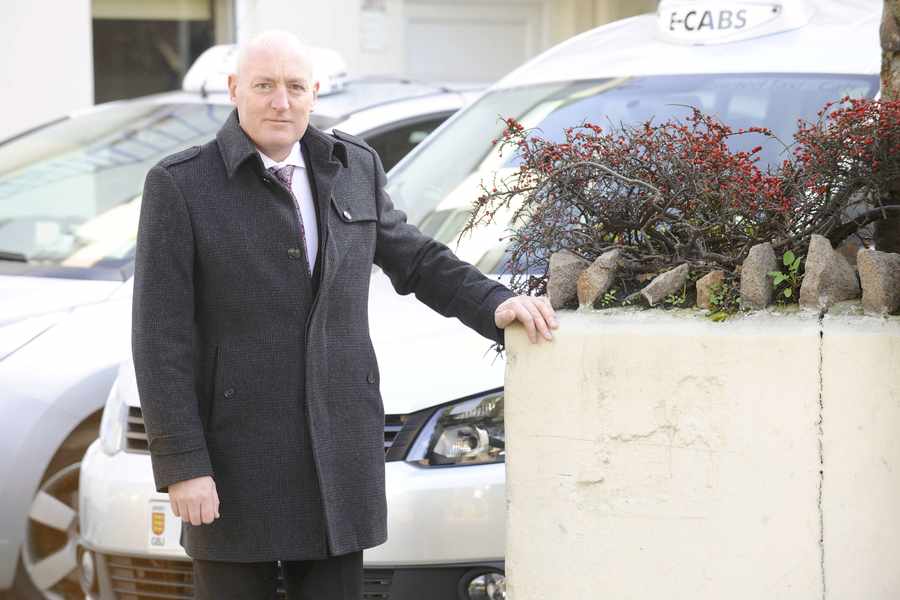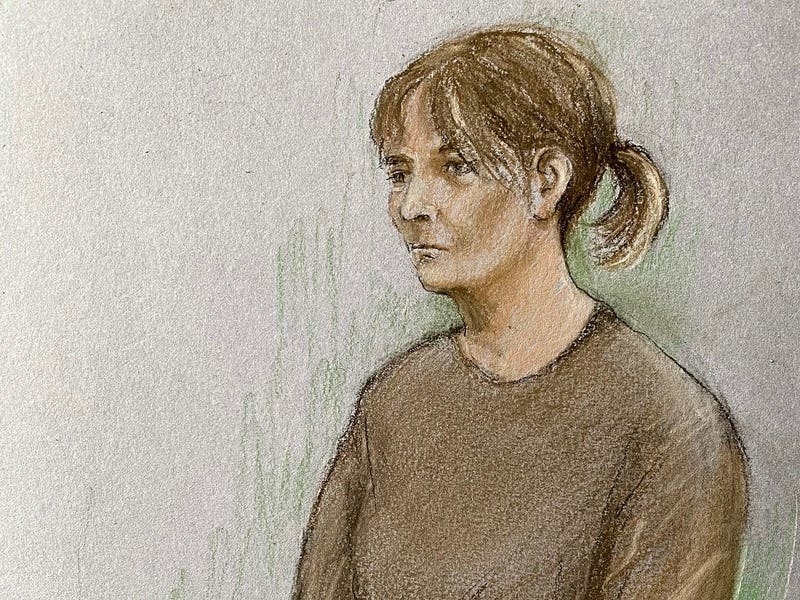On the 70th anniversary of the event, Colin Isherwood has told how German troops moved through town painting the symbol on homes and businesses in an effort to protect the identity of an Islander who was having a relationship with an occupying officer.
The symbol of the Nazis’ supposed superiority came to be used as a black mark by Islanders during the Occupation, and would be daubed on the homes of alleged collaborators, black marketeers or those thought to be getting too close to the occupying forces.
And on Wednesday 21 February 1945 two young Islanders painted the symbol on the home of a girlfriend of a German Naval officer, triggering a bizarre response.
In an effort to obscure the girl’s identity, and also spare the naval officer’s blushes, two officers ordered two German troop units to paint swastikas on dozens of other houses around St Helier.


Mr Isherwood, archivist at the Channel Islands Occupation Society, has been researching the story and explained that his father, who was a young boy during the Occupation, remembered the morning when residents awoke to find the signs all around town.
The word Jerrybag was a derogatory term used as a nickname for any woman suspected of having a relationship with a German soldier. Some of those accused of fraternising with the enemy later had their heads shaved by way of punishment.
The German army attempted to prohibit sex between their armed forces and Channel Islanders and opened brothels for soldiers, bringing over French prostitutes who were checked regularly by German medical staff.
Following the war reports varied about how many illegitimate children had been born in the islands to German fathers.
‘The odd thing is it’s not a very well-known story, but the evidence is everywhere,’ Mr Isherwood said. ‘If look around St Helier, even in New Street, there is evidence of swastikas.
‘In drawing the swastikas, the two units of men didn’t use paint, they used flame-thrower fuel – a thick black tar-like substance which is quick-drying and when hard is as tough as enamel.
‘On the morning of Thursday 22 February 1945 the town residents awoke and were startled to find a mass of tar-painted swastikas. They had been painted on nearly every home or building from the bottom of Queen’s Road to St Clement’s Road.
‘Some of the areas most effected were Devonshire Place, New Street, Stopford Road, Victoria Street, the Robin Hood area and Clarence Road.’
Mr Isherwood, who explained there was a German unit based in the Queen’s Road area and that the work likely started there, said that his father, David, remembered the morning after the German’s painting operation.
‘He remembers as a young boy waking up, going to school and seeing swastikas everywhere,’ Mr Isherwood added.
‘He also remembers Cyril Medland putting a gold picture frame around his swastika as a joke and people walking past and laughing.’
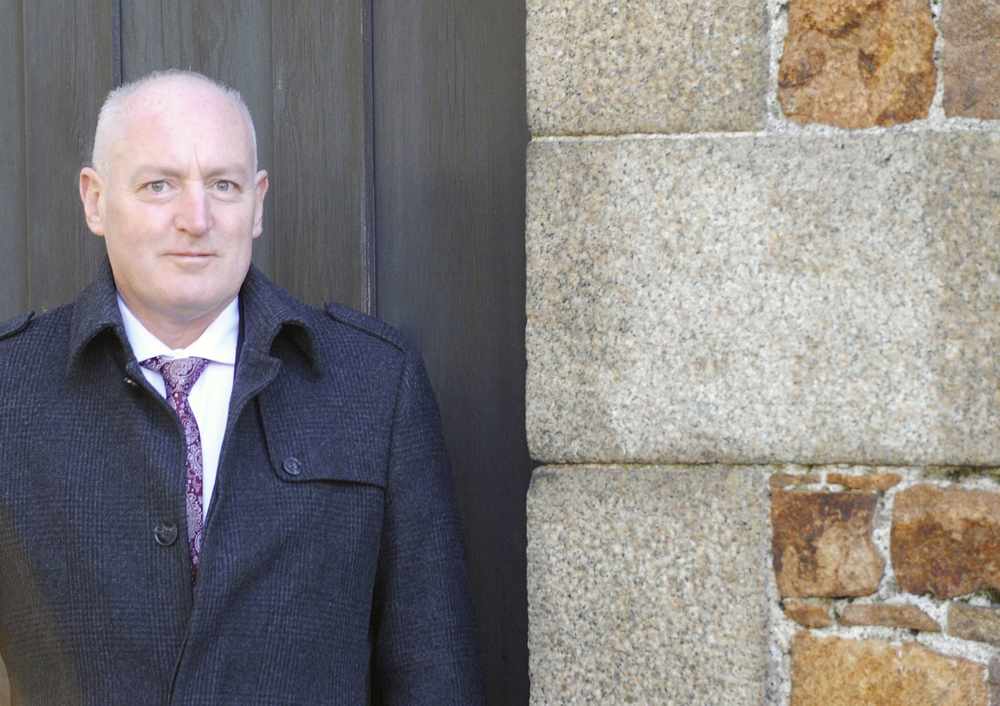
The event was also recorded in a secret diary kept by former JEP employee Leslie Sinel, who wrote: ‘During the night hundreds of homes in town have had swastikas painted on them. This was the work of German Marines who did a systematic job!’
But the German’s chief administrator of the Channel Islands, Baron Von Aufsess, was said to be furious with his men, calling the action a ‘night of rampage’.
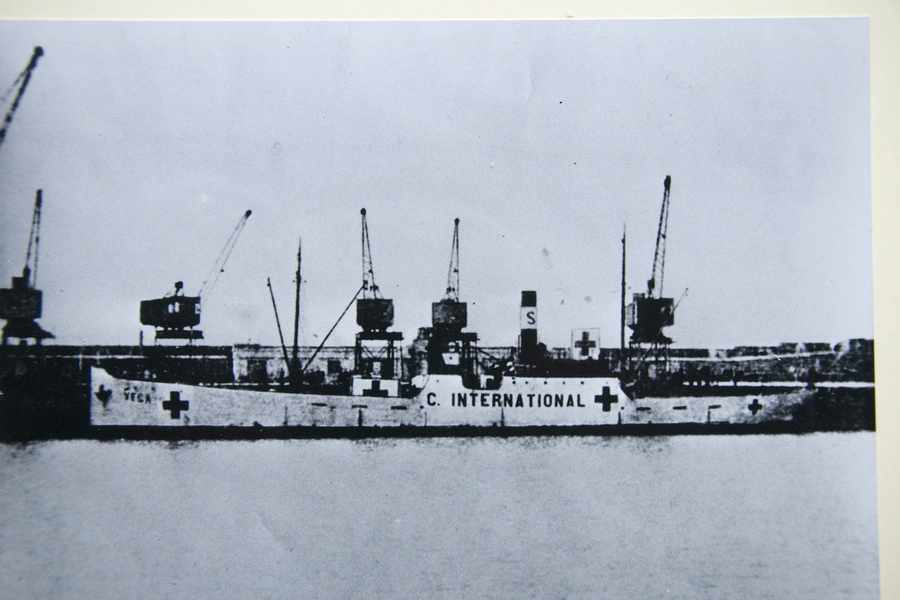
Foreign workers were later made to clean off the swastikas, with many having to be chipped off, leaving a permanent reminder of the symbol etched into St Helier’s stonework.
At other homes residents transformed the symbols into British Union crosses, and at one property an Islander wrote ‘England forever’ next to the graffiti.
The officers who ordered the swastika painting project were arrested, but it is thought that no further action was taken after an ardent Nazi supporter was made Commander-in-Chief of the Channel Islands.
‘There are numerous remains and evidence of swastikas still to be seen around the busy streets of St Helier, with few people walking past them ever realising the bizarre story behind them,’ Mr Isherwood said.
The events of 21 and 22 February 1945:
- Two youths paint a swastika on the home of a Jersey girlfriend of a German Naval officer
- Spotting this, two officers instruct two troops to walk through St Helier adding dozens of swastikas to different properties and businesses to hide the local girls identity
- St Helier residents wake up to a town that is covered in the Nazi symbol
- Some make light of the daubings by turning them into the British Union cross, others add slogans such as England Forever and one man placed a gold frame around the swastika on his home
- According to Herr Ernst Kämpfer, who served as a Staff Sergeant with Engineering Battalion 319, the troops responsible for these tar daubings were from the First Company Engineering Battalion 319
- Upon seeing what the troops had done the enraged Baron Von Aufsess, the chief administrator in the Channel Islands, orders that foreign workers clean off the markings, which had been made in a thick tar-like substance
- Many of the symbols had dried rock-hard and had to be chipped off, doing lasting damage to the properties
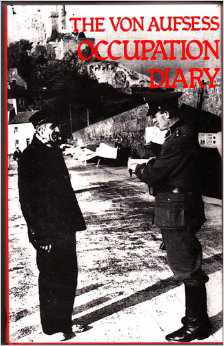
‘In fact it has been established that two German officers were responsible for or rather were irresponsible perpetrators of this infamous act.
‘Entirely on their own initiative and without the knowledge of the Fortress Commander, they had issued orders to two companies of men to do the job. They claim that their motivation for this ‘political protest’ was their National Socialist principles. At first the Islanders reacted with shock and indignation, but this attitude is already giving way to one of sardonic amusement.
‘On Liberation day these swastikas will show what cultural barbarians the Germans were. One humourist has hung an empty picture frame around “his” swastika, another has written “England for ever” alongside his, a third has converted the swastika into the type of cross used for British decorations for valour and merit.
‘The Island population has been senselessly provoked and the prestige and good discipline of the German armed forces seriously compromised, it amounts almost to a small-scale mutiny and involves further punishable offences, such as removing and making improper and unauthorised use of military property, etc.
‘The immediate problem is to get rid of the visible evidence of this night of rampage, this is a big problem, as over a thousand tar-smeared houses are involved. The Islanders have no petrol and in the circumstances would hardly be prepared to undertake such a chore.
‘Every right-thinking German is struck by horror and repugnance at the actions of the Nazi thugs, who consider themselves the elite of the nation, and for whom the whole nation has to suffer and atone.
‘It has been decided that the tar daubing’s must be removed by foreign workers of the O.T. (Organisation Todt). It would scarcely be in keeping with the good standing and repute of the troops to employ them on this humiliating task under the derisory gaze of the Islanders.’
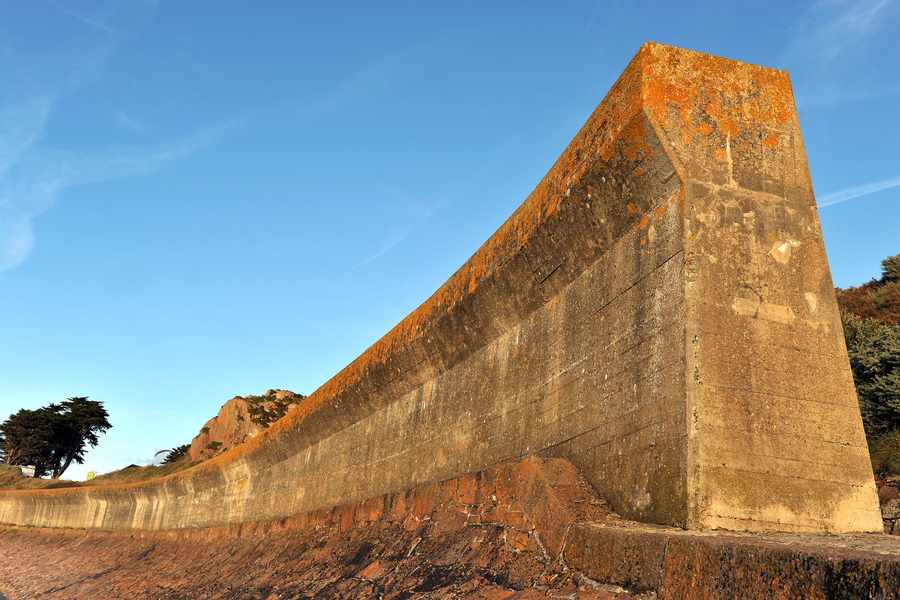
OFTEN taken for granted in today’s first line of defence against the ravaging winter storm, the German Panzermauern (anti-tank) walls have none the less protected the Jersey coastline from erosion for 70 years.
Construction started on the walls at the beginning of 1942 after it was decided that the Channel Islands were to become ‘Impregnable Fortresses’ the previous October.
The Führer’s order set in motion a massive fortification programme, which was given to the Organisation Todt (OT) to complete.
As the war continued, slave labour arrived from the Ukraine, with forced conscripted labour from all of the other Nazi occupied countries, notably from France, Spain and Algeria.
Some of these poor people were only boys who were rounded up in ‘street sweeps’.
When they arrived in Jersey, they were mostly dressed in what they were wearing when they were taken from their villages.
After weeks of transport in cattle trucks and railway wagons, their clothes resembled old rags.
On top of this, they were all malnourished and treated abysmally.
St Ouen’s Bay was one of the first to receive attention from the military planners, who were aided by existing lengthy stretches of 19th century granite seawall.
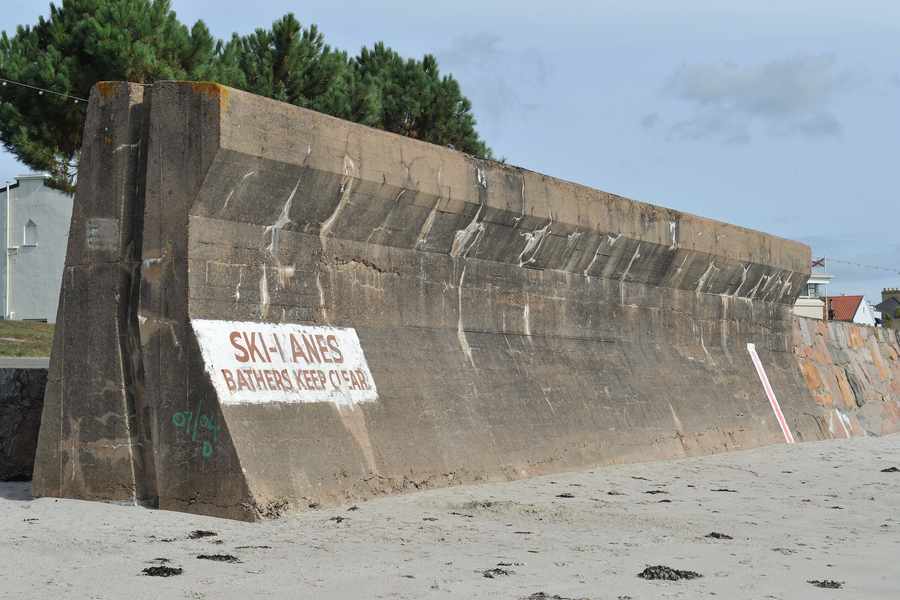
These Victorian efforts to fend off the sea were considered to be solid and excellent quality, requiring only in some sections to be made taller for the suitable use of the Wehrmacht.
Altogether, there were nine sections of seawall from near the L’Etacq end of St Ouen (PzM 1) to the east of the Island to Fort William in Grouville (PzM 9).
They are anything up to six metres high, with foundations of two metres. Sometimes these can be undermined by the constant colossal power of the sea. The St Ouen, St Peter and St Brelade sections have received the most attention over the years. Storm damage also happened during the Occupation.
One section of the 19th century granite seawall immediately in front of the popular Watersplash had to be repaired after a violent storm in February 1945. Baron Max von Aufsess (who was head of administration Platzkommandantur 1) paid a visit the following day with the Bailiff’s secretary, Mr Mollet.
Looking at two huge holes in the seawall, he ordered repairs to be carried out by the States department of labour because it happened to be a pre-war granite seawall.
The stone and cement, however, was provided by the Germans. Von Aufsess ordered the work to be carried out as soon as possible.
One section which was not finished due to the lack of cement and the withdrawal of the OT slave labour towards the end of 1943, was the section between La Haule slip and Bel Royal (PzM 7).
This resulted in just one small section of the anti-tank wall reaching 6 metres in height. Postwar, this odd looking piece of the defences was left standing by itself for many years.
It was almost demolished twice before a sensible scheme had been worked out in the 1980s.

